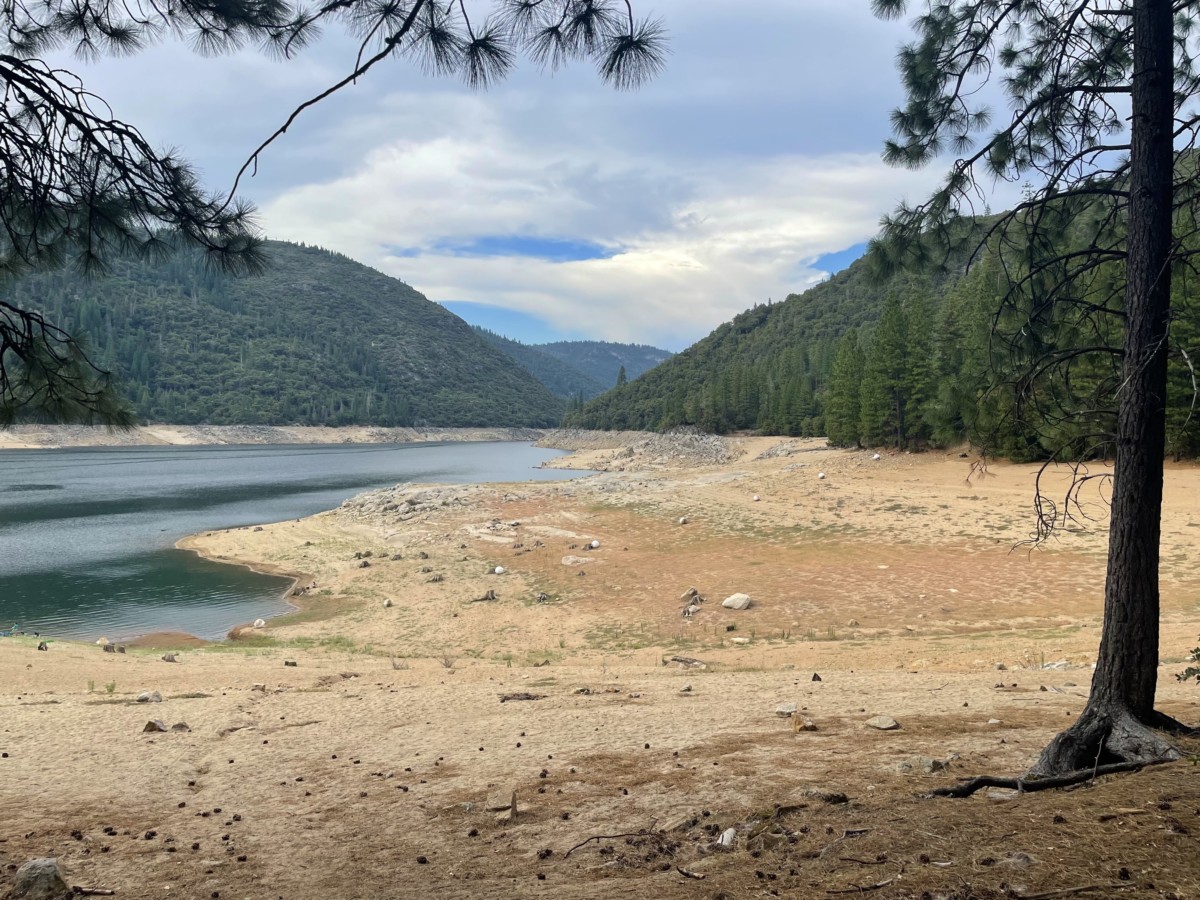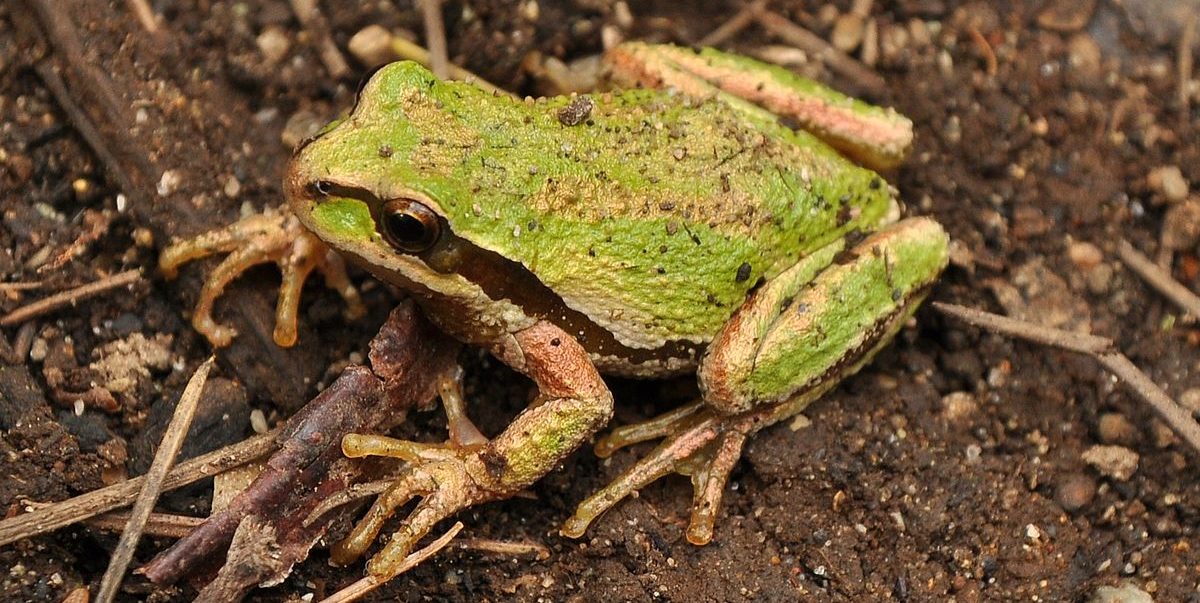
As the exceptionally dry summer continues, streams throughout the Stanislaus National Forest have been drying up or turning into widely scattered stagnant pools.This has made our CSERC staff reflect on how water scarcity in the current drought affects not just people, but also many wildlife species.
In June during non-drought years, the early summer sun melts the snowpack left from the winter and fills the region’s reservoirs. However, in June our two large local reservoirs were already lower than normal. Don Pedro (6th largest reservoir in CA) was at 64% of total capacity, and New Melones (4th largest reservoir in CA) was at 54%. These reservoirs are predicted to hit record lows before eventual fall rains finally arrive. This will pose problems for downstream residents, agriculture, fish, tourism, and energy production - all of which are things we usually think about when we work to conserve water in California.


Every drop that we conserve means so much more than just making sure we have water in our larger reservoirs; it also helps decrease the amount of water that is diverted out of our forest streams or rivers. By reducing the overall water demands, less water has to be taken out of already strained ecosystems. One example is that by reducing water demands, less water needs be drained from Pinecrest Lake or Lyons Reservoir, and potentially more water can be made available as the minimum flow that actually goes downstream in the South Fork Stanislaus River.
Aquatic species such as fish, turtles, invertebrates, and amphibians are key wildlife species affected by low stream flows, but various mammals and birds will also struggle to find drinking water and may face shortages of food supply due to drying vegetation or lower prey species availability.

By taking shorter showers, watering gardens or landscaping early or late in the day, and minimizing water waste, the extra water that you conserve can help to reduce our society’s overall water demands. Thoughtful water conservation shouldn't only happen when reservoirs are low and climate conditions are hot and dry. Ideally, we can all make water conservation a solid habitat 365 days a year. The amount of water that we mindfully conserve during the fall-spring time of year can often make a big difference in actually keeping essential water in reservoirs for the dry summer months. Make every drop count.

